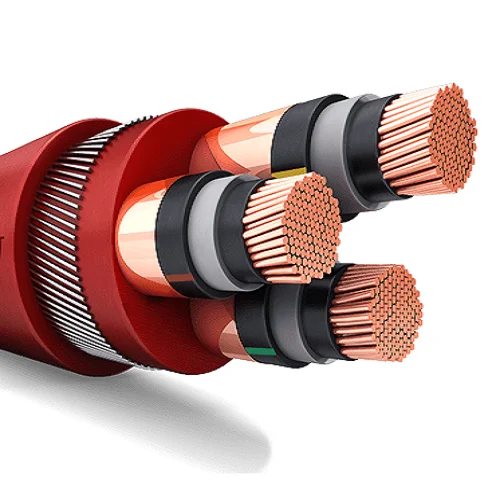Cross-linked polyethylene (XLPE) is a type of insulation material used in electrical wires and cables.
Excellent Insulation: XLPE provides excellent electrical insulation properties, making it suitable for high voltage and high-current applications. Higher Temperature Rating: XLPE insulation can withstand higher temperatures compared to PVC, which makes it suitable for applications where wires may be exposed to elevated temperatures. Chemical Resistance: XLPE is resistant to a wide range of chemicals, reducing the risk of corrosion or degradation when exposed to harsh environments. Moisture Resistance: It is highly moisture-resistant, making it ideal for applications where wires may come into contact with water or humidity. Flexibility: While not as flexible as PVC, XLPE is still reasonably pliable, allowing for some flexibility in wiring applications. Reduced Electromagnetic Interference (EMI): XLPE can help reduce EMI, which is crucial in applications where interference can disrupt electrical signals. Longevity: XLPE insulation typically has a longer service life compared to some other materials, which can result in reduced maintenance and replacement costs over time. Suitability for High Voltage: XLPE wires are commonly used in high-voltage power distribution and transmission due to their excellent insulation properties and resistance to electrical breakdown. Environmental Considerations: XLPE is considered more environmentally friendly than some other insulation materials because it does not contain hazardous materials like lead, which can be found in older PVC cables. Safety: XLPE is a self-extinguishing material, which means it does not support combustion and can help reduce the spread of fire in case of a fault.
